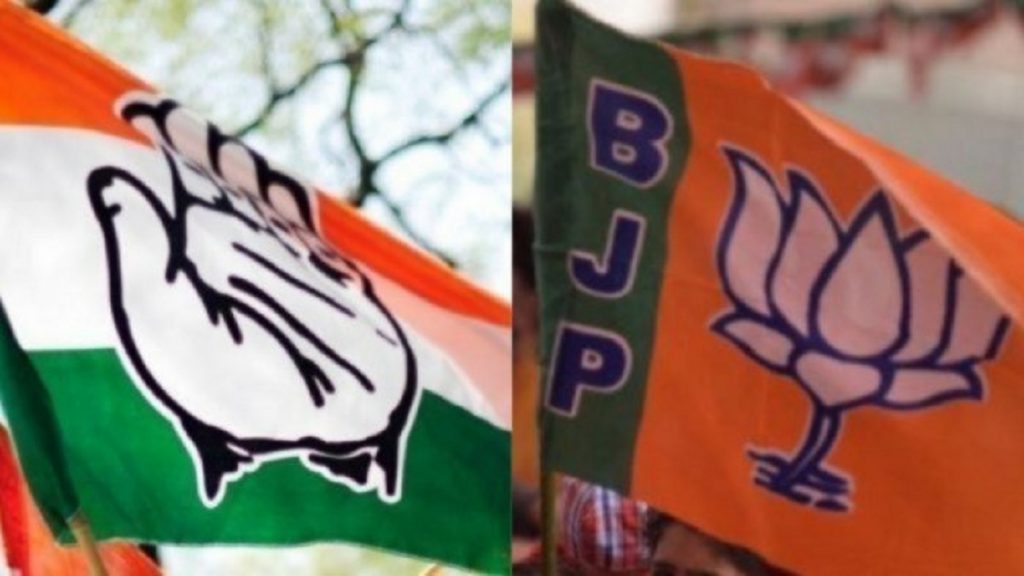New Delhi: Karnataka, being the only ‘saffron bastion’ in South India, may continue to repose faith in incumbent government and re-elect the Bharatiya Janata Party (BJP) to power for second term, finds an Opinion poll.
Matrize Opinion poll on Tuesday forecasted a return of the ruling party with clear majority in the 224-member Assembly. It also predicts a upswing in vote share of both BJP as well as Congress, however this is not seen playing any spoiler in BJP’s victory march.
As per Matrize findings, the Karnataka Assembly elections is likely to maintain a sort of ‘status-quo’ as both leading parties are projected to bag number of seats, much like their performance in previous 2018 Assembly elections. BJP is projected to get 103-115 seats (104 seats in 2018) while Congress is projected to fetch 79-91 (80 seats in 2018 polls) respectively while Others/Independents are also restricted in 1-5 fold.
Janata Dal (S) is the only party whose electoral fortunes are likely to get adversely hit. Though, the Election survey sees it claiming similar numbers of 26-36 seats (37 seats in 2018), its dipping vote share may leave a dent in its performance.
जानिए.. किस पार्टी को कितने प्रतिशत वोट? 42% वोट के साथ बीजेपी को मिल सकती हैं 103 से 115 सीटें.. कांग्रेस को 79 से 91 सीटें मिलने का अनुमान
▶ LIVE: https://t.co/42vRydYjUU#OpinionPollOnZee #KarnatakaElections2023 #BJP #Congress #JDS | @DChaurasia2312 @ShobhnaYadava pic.twitter.com/Feb9gCeeNR
— Zee News (@ZeeNews) May 1, 2023
Vote share of BJP, Cong & JD(S)
As per Matrize Opinion poll, the high-decibel campaign by Congress & BJP will translate into votes for them as both are projected to get a spike of 2% & 5% jump in vote share respectively.
In 2018 Assembly elections, Congress got 38.4% vote share while BJP gathered 36.6% vote share. In 2023 elections, Congress is likely at settle at 40.4% while BJP is seen emerging as single largest party with 41.8% vote share.
JD(S) is expected to suffer a setback despite announcing slew of promises & wooing the electorate. It’s vote share is seen dropping from 18.5% (2018) to 14.6% (2023).

